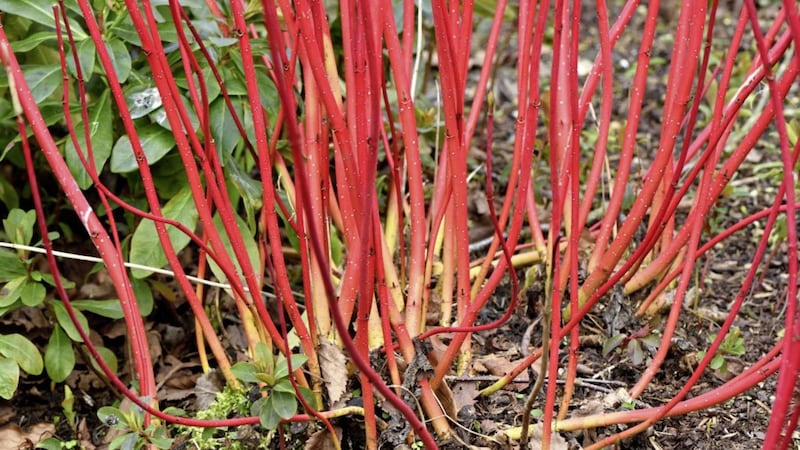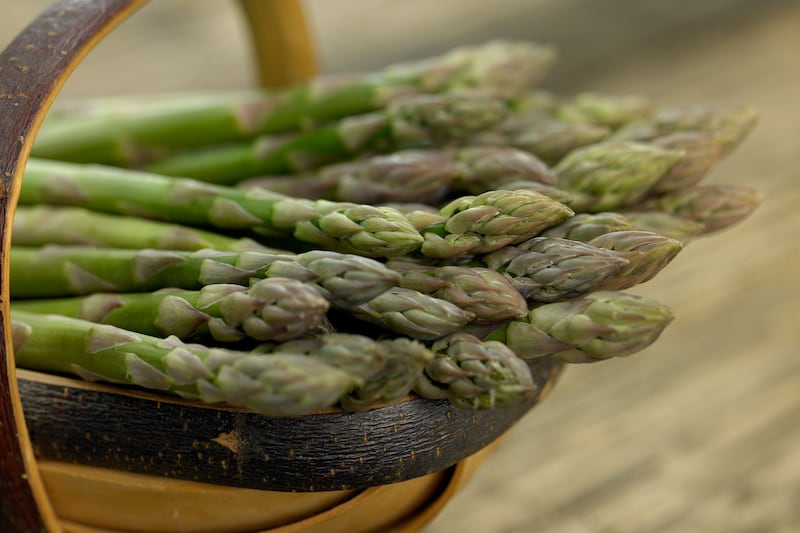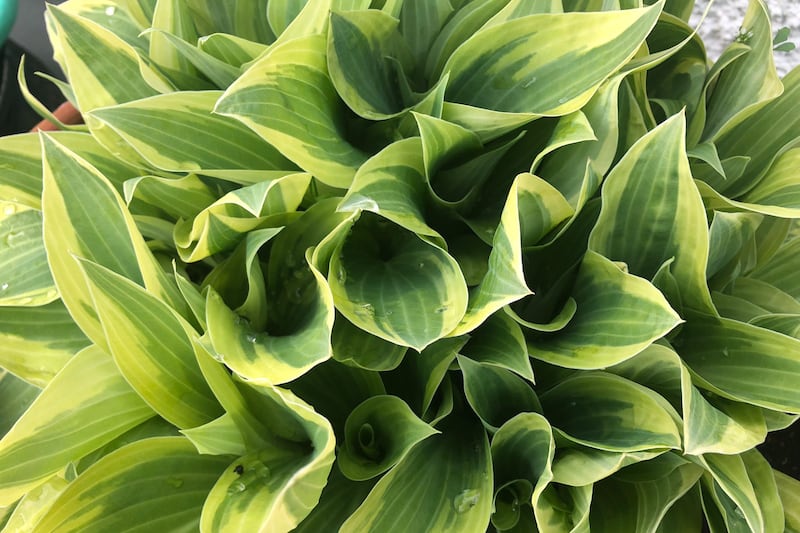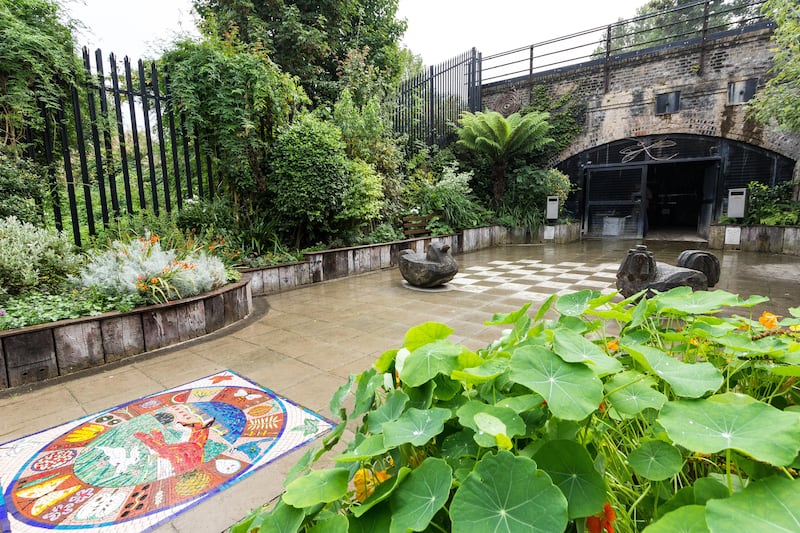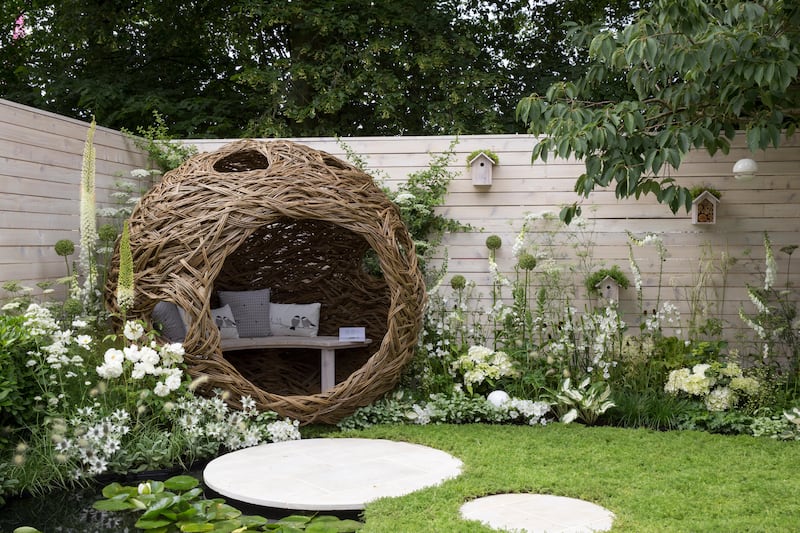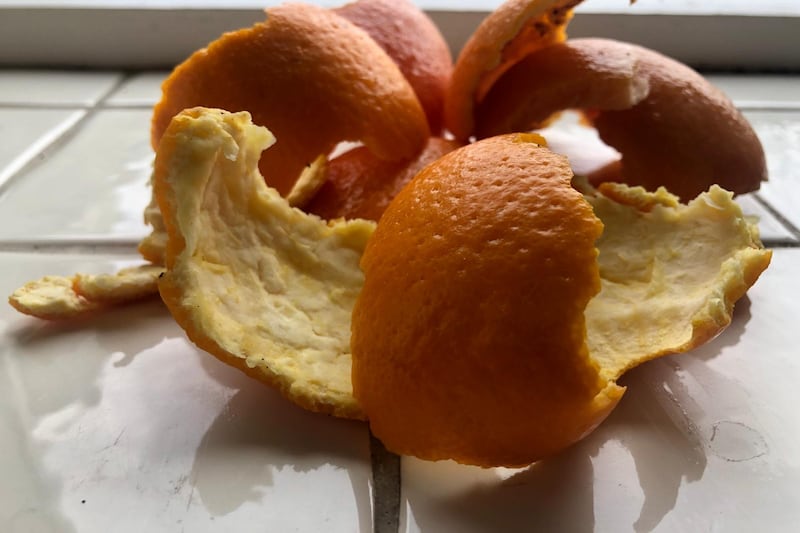WANT a low-maintenance, easy-to-grow shrub that provides beauty and form, in winter and beyond? Thejoyofplants.co.uk, a consumer initiative of the Flower Council of Holland, suggests dogwood, viburnum and enkianthus:
1. Viburnum: Viburnums come in all shapes and sizes, both deciduous and evergreen; most are easy to grow and thrive in sun or semi-shade.
Among the smaller types is the Viburnum davidii, an evergreen which grows up to 1.5m in height and spread, producing dull white flowers in May followed by metallic-looking blue-black berries which can last the winter on the coral-red stalks of female plants, against a backdrop of glossy green ribbed oval foliage.
Use it to provide ground cover and winter interest at the front of a border, in sun or partial shade.
Viburnums are not fussy, growing in reasonably well-drained soil (they won't tolerate very dry or very wet soil) with plenty of added organic matter. Pruning is not necessary. Just cut back old or damaged branches in late spring.
2. Redvein enkianthus: This ornamental deciduous shrub, from the eastern Himalayas to Indochina, China and Japan, is part of the heather family, which also includes erica, calluna and rhododendron.
E. campanulatus, which grows up to 3m high, has bell-like flowers in white, pink and red, or a mixture of the three. The attractive layered growth of the red-coloured straight main branches is a feast for the eye. It's renowned for its autumn colour and in early summer produces pendulous clusters of dainty, bell-shaped cream to pink flowers, while in autumn, the leaves turn sizzling shades of orange and red.
It thrives in shady, woodland spots and needs acid soil, so makes a great plant partner for rhododendrons and camellias.
3. Dogwood (Cornus)
There's little that fires up the winter garden more than a line of brightly coloured stems of dogwoods.
Cornus alba and C sanguinea are particularly known for their winter look, with their bare coloured branches in red, yellow, orange or black. These types need to be hard-pruned each spring to produce new coloured stems the following winter – and choose C alba 'Sibirica' for the brightest stems.
In the flowering group, Cornus mas produces masses of small yellow flowers in March, followed by red berries and colourful autumn foliage.
